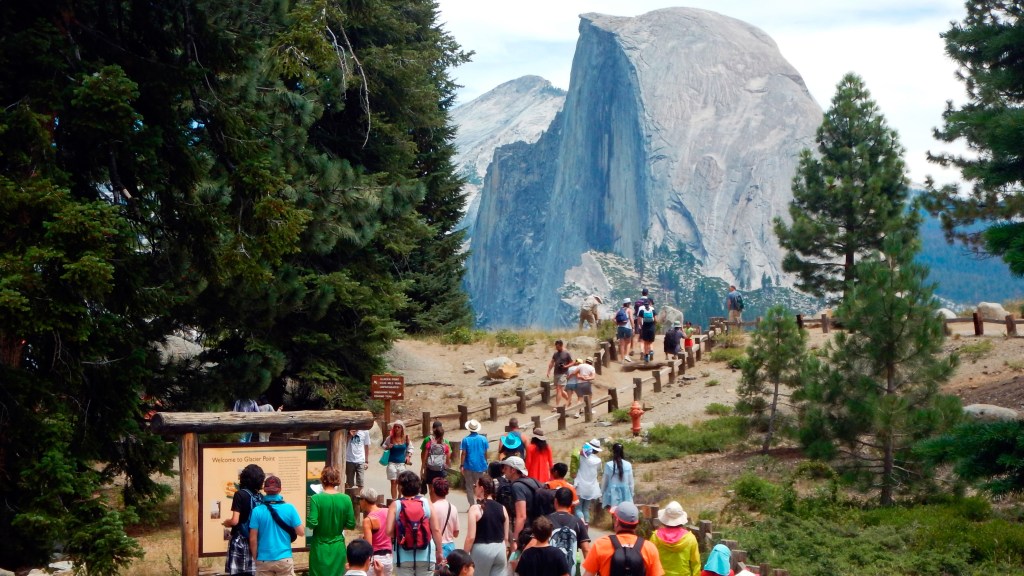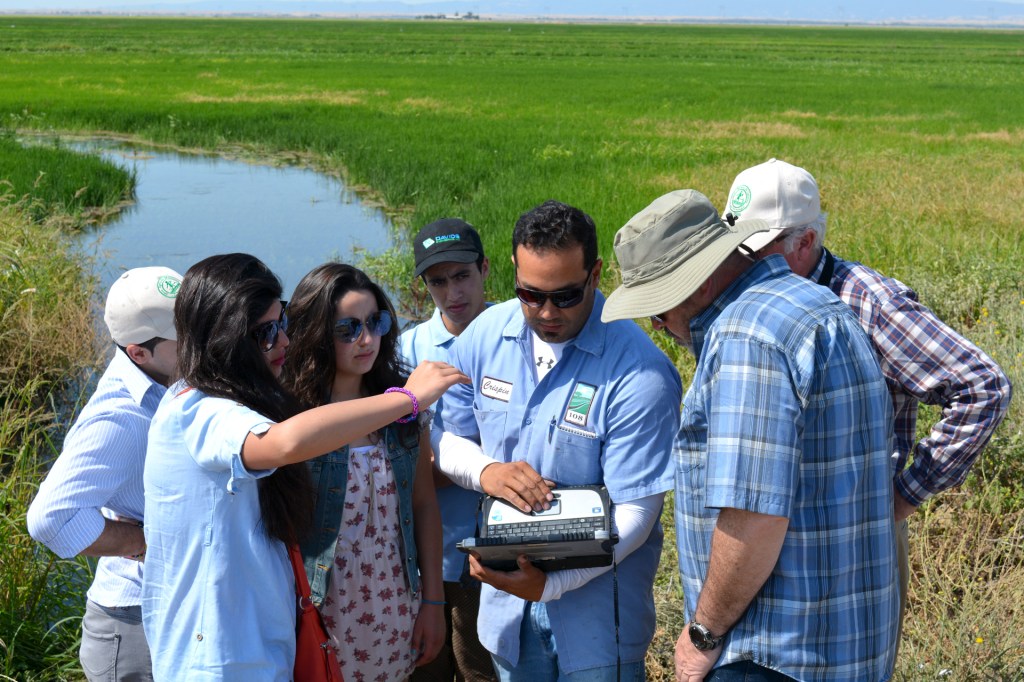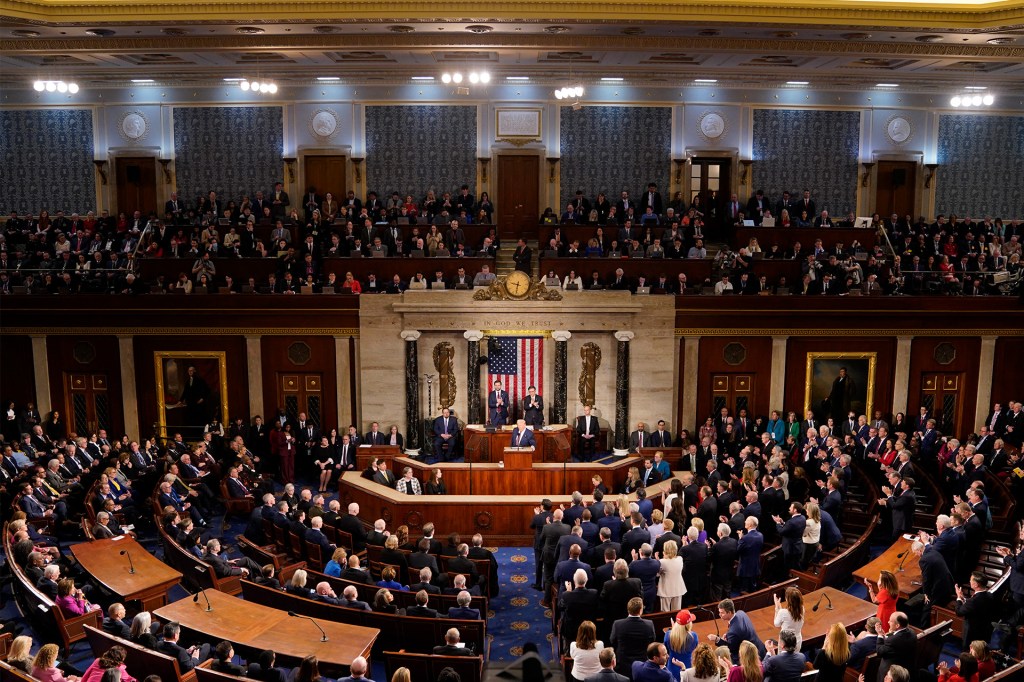A Plan for Parks

The National Park Service (NPS) has backed down from a controversial plan. It has decided not to double admission prices at 17 popular national parks. Instead, it will raise fees by $5 at 117 parks across the United States.
In November, the NPS announced that it would hike fees at the nation's busiest and most popular parks. These include the Grand Canyon, Yosemite, and Yellowstone. Under the plan, vehicles would have been charged $70 to enter, up from $30. Fees for pedestrians and bicyclists would have jumped from $15 to $30.
The proposal was unpopular. Lawmakers from both political parties said the fees would stop many Americans from visiting public lands. The U.S. Department of the Interior oversees the NPS. It invited feedback on its website. More than 100,000 people left comments on the policy. Most opposed it.
"National Parks are our nation's legacy, and one of our democracy's best ideas," read one comment. "If you jack up the entrance fees to $70, only wealthy people can afford to visit." In December, the Outdoors Alliance for Kids surveyed 1,000 people about the plan. It found that if the plan were to take effect, 64% of Americans would be less likely to visit a national park.
Interior Secretary Ryan Zinke said fee increases are necessary. National parks need $11.6 billion worth of maintenance and repairs. But the public backlash convinced the NPS to change its plan. The rest of the nation's 417 national parks, historic sites, and monuments will remain free to enter. (Entry is always free for kids 15 and under.)
"I want to thank the American people who made their voices heard," Zinke said in a statement. "Your input has helped us develop a balanced plan." The NPS estimates that the new fees will raise about $60 million a year. They will start on June 1.













